It seems like you only have to look away for a second, or maybe a day, and your mature mustard greens will start flowering.
And not long after that, they’re full of seed pods.
In some circumstances you can collect the seeds and save them for replanting next season or to share with friends.

We link to vendors to help you find relevant products. If you buy from one of our links, we may earn a commission.
Mustard greens are a cool-weather crop, usually grown in the spring or fall and are typically ready to harvest after 30-60 days, depending on the variety.
The most popular types to grow for the spicy, flavorful leaves are Brassica juncea, B. rapa var. japonica and B. rapa var. narinosa.
You can learn more about how to grow mustard greens in our guide.
In this article, I’m going to cover how to save seeds from your mustard greens for planting.
What You’ll Learn
Planting Considerations
When mustard greens bolt the leaves become excessively bitter, putting an end to your harvest.
The plants send up flower stalks with small yellow blooms. After the flowers have opened up, they attract pollinators, and after pollination the pods start to form.

If you are intending to harvest the seeds, you need to keep in mind that mustard greens can cross-pollinate with other varieties of the same species, and if that happens, the saved seeds won’t grow true to the variety you planted.
Mizuna, for example, is a variety of B. rapa, as are all types of turnip. If you have turnips growing nearby, you run the risk of cross-pollination.
There is no danger of cross pollination between different Brassica species, so you don’t need to worry if you are growing kale or cabbage nearby.
If you are growing a hybrid variety, plants grown from saved seed will not produce true to the parent plant. So check your seed packet to make sure the cultivars you have chosen are open-pollinated or heirloom varieties.
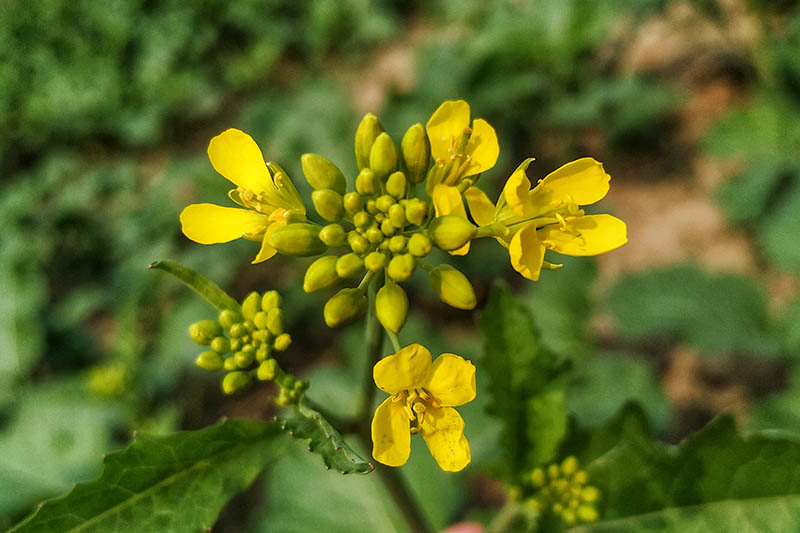
In addition to cross pollination, if the plants are exposed to wild mustard or other cruciferous weeds and volunteers, certain pathogens like Colletotrichum higginisianum that causes anthracnose, can make their way from the infected wild plants into your cultivated greens.
The plants can then produce infected seed and spread the disease to the next generation of plants. This is thankfully quite rare, but if you suspect a transfer of infection, that’s a good reason to purchase a new packet of seeds instead of trying to save them from your plants.
If you’re not growing related plants and are fairly certain you don’t have an issue with disease or volunteers, the seed-saving process is fairly simple.
Timing is everything, so keep reading to learn when to make your move.
When to Harvest
As with any member of the cabbage family you grow in your vegetable garden, it’s particularly important not to plant mustard greens in the same place two years in a row. And you shouldn’t plant any of their Brassica relatives in that same spot, either – such as broccoli, turnips, or kale.
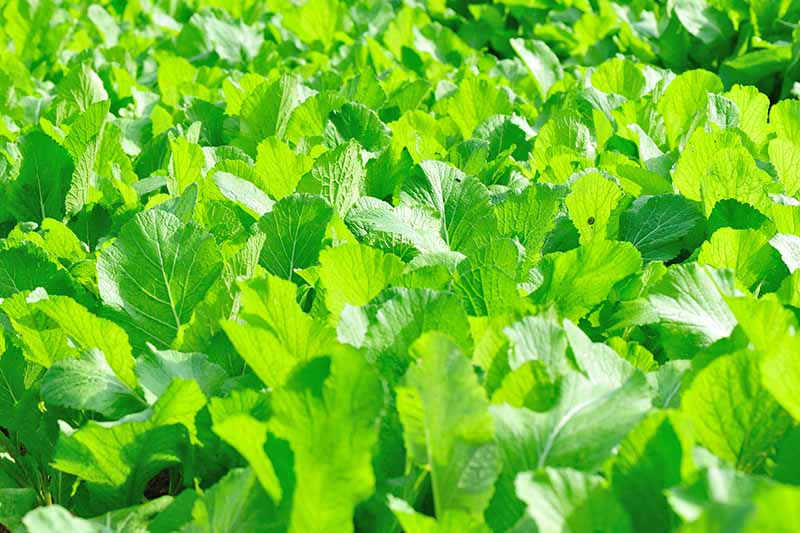
I understand if you’re wondering, “What does this chatter about crop rotation have to do with saving seeds?” The answer: If you allow these spicy vegetables to go to seed in the garden, you risk having volunteers grow in that same space next year.
Then you’ll be establishing a haven for Brassica insect pests and soil borne diseases. Instead, make sure to harvest before the pods start popping.

But you can’t do this too early, as the seeds won’t be viable if you pick the pods before they are ready.
You need to allow the pods to dry and turn brown on the plant. To make sure they’re ready, slit one or two of the pods open and make sure the seeds inside are brown, or in the case of some varieties like red leaf mizuna, a dusty rose or plum color.
If they’re green, light green, or white, they aren’t yet ready to harvest.
The pods may not all dry out at the same time, those closest to the base of the flower stalk tend to dry first. You can pick these off individually or simply wait until most of the pods on the stalk are ready. Some of the drier pods may split and drop their seed.
Separating and Storing
To save mustard green seeds, you can remove the dry pods individually, cut off the entire branch, or you can pull up the plant.
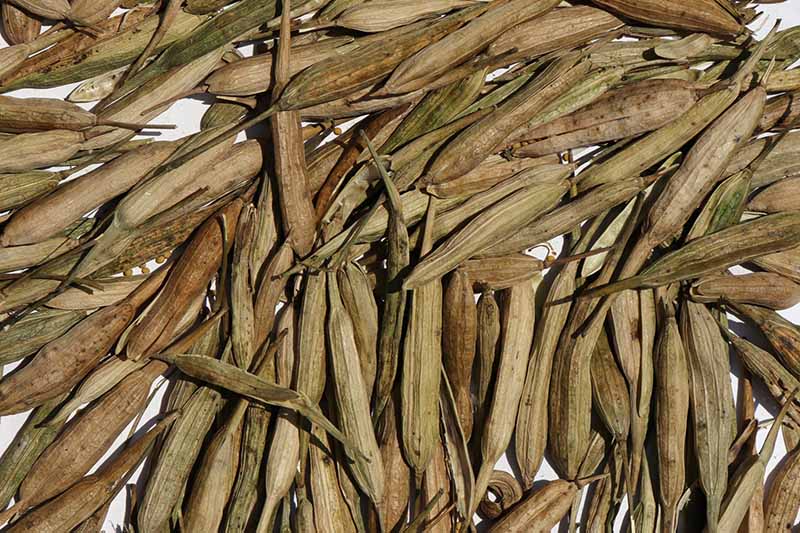
Carefully separate the pods from the flower stalk and set them on a drop cloth or in a shoebox or bucket. Some of the seeds will drop out of the pods on their own.
For the others, you can rub the dry pods between your thumb and forefinger to release them.
If you have a huge batch, you can set them out on a clean sheet or tarp and walk over them with clean-soled shoes until the pods pop open and release their contents.
Remove large pieces of chaff and debris by hand, and separate the rest by winnowing.
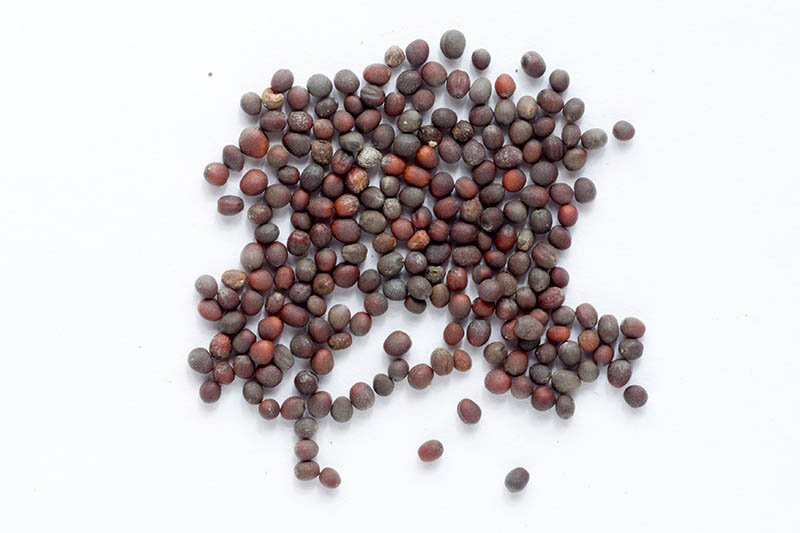
Discard the stalks or spent plants, whichever you cut for the harvest, and the chaff.
Store the seeds in a small craft paper envelope, a jar with a screw-on lid, or a plastic storage container. Be sure to label the storage container with the date of collection and the variety.
Place them in a cool dry place and they should stay viable for up to four years.
Mustard Greens, Year after Year
Saving seeds from your own plants is an economical way to enjoy your favorite varieties season after season. And instead of feeling disappointed when your plants bolt, you can see it as an opportunity instead!

Plus, the pretty yellow flowers attract pollinators and beneficial insects to the garden.
Did you let any of your mustard plants flower and produce mature pods? Let us know and share your tips in the comments section below!
And for more information about mustard greens, check out these guides next:
© Ask the Experts, LLC. ALL RIGHTS RESERVED. See our TOS for more details. Product photos via Eden Brothers. Uncredited photos: Shutterstock
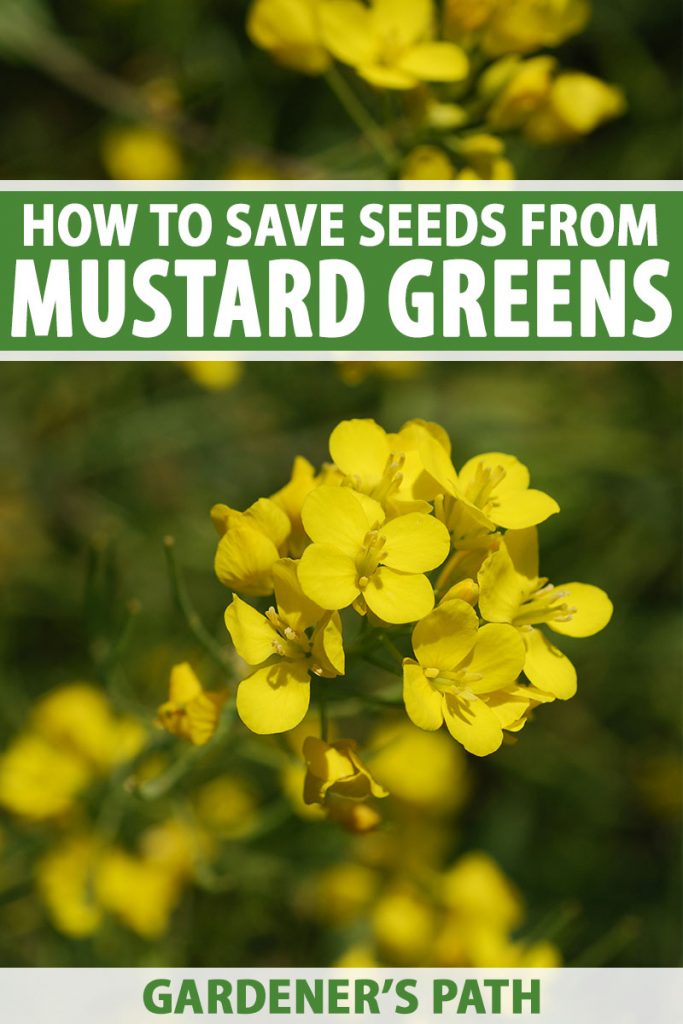
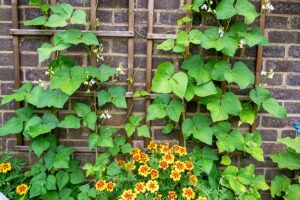
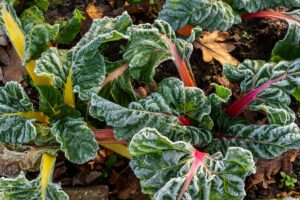
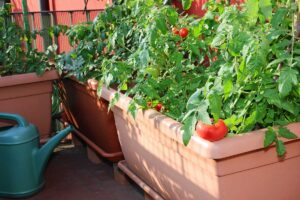
Can I let my kale, mustard and radish go to seed in the same bed as I’m growing my tomatoes without negative affects?
Zone 7b nice Gardener. TIA!
Golly, looks like no one has helped you out 😕. If you have a Facebook account, you may be able to find vegetable garden groups for your area. I’ve done that and have found members in the group very helpful.
Hello Briana! I appreciate your input. Facebook groups can be helpful, but it’s always a good idea to double-check the advice with an expert source like Gardener’s Path or your local agricultural extension office. Thanks for reading.
Hello Michelle, sorry for the delayed response. Yes! They’ll be okay co-planted, but be sure to avoid planting either nightshades (tomatoes, eggplants, peppers, etc.) or brassicas (mustard, kale, radish, cabbage, and so forth) in that same spot for the next couple of seasons to avoid common diseases or pests that overwinter and come back to infest new generations. Good luck!